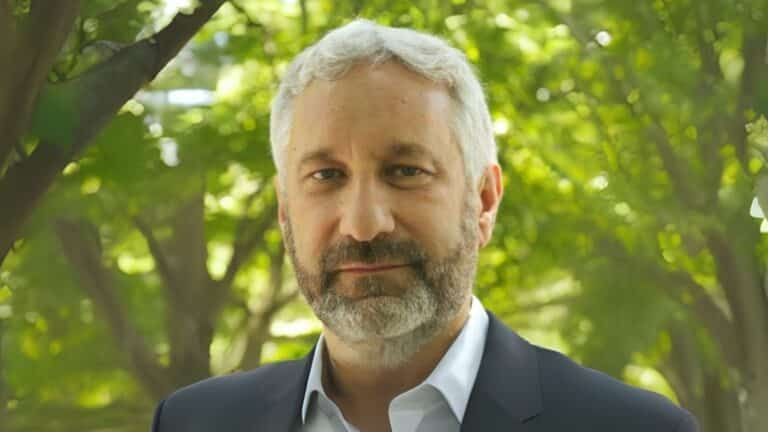The US led the world to reach a huge climate deal. Then, it switched sides.
Ten years after nations adopted the Paris Agreement, its objectives are in jeopardy amid rising climate pollution and a political backlash against clean
Current Access Level “I” – ID Only: CUID holders, alumni, and approved guests only
Statoil SVP, Wind & CCS
To achieve the Paris Agreement goals, public and private actors need to either deploy far more energy that is zero carbon like wind and solar, or develop technologies that remove greenhouse gas emissions, such as carbon capture and storage (CCS). Host Jason Bordoff speaks with Stephen Bull, a Senior Vice President for Wind and Carbon Capture and Storage in Statoil’s New Energy Solutions business about: The revolution of offshore wind energy and declining costs; CCS research and financing; The impact of the Paris Agreement on wind and CCS technologies; Development and implementation challenges for both wind and CCS.
The ten years since the Paris Agreement was signed at the UN Climate Change Conference, COP 21, have been the ten hottest years on record. And the outcome...

Last week, President Trump announced that he was imposing significant new sanctions on Russia. It’s an effort to cut off revenue Russia needs for its war in Ukraine....

Energy has long been used as a weapon. The United Kingdom blocked oil exports to Germany during World War I. Hitler’s fall was due in part to losing...

Trade tensions between the US and China have hit a new high mark. Last week, after China announced plans to ratchet up its export controls of some rare-earths...

Why Ukraine’s campaign against Moscow’s energy sector is working.

Why Big Tech’s energy problem might prove crucial to fighting climate change.

As the host of COP30, Brazil has an unprecedented platform to demonstrate its climate leadership.

The NRC is already experimenting and making improvements in reducing licensing review times without changing the diligence or substance of its evaluations, and the results are promising. If the projected volume of applications materializes, the NRC will need to continue to apply the new approaches it has begun using, as well as seek out additional efficiencies. This paper lays out actionable recommendations on what NRC can do now—under existing statutory authority—to further compress schedules while preserving safety, due process, and analytical quality.
